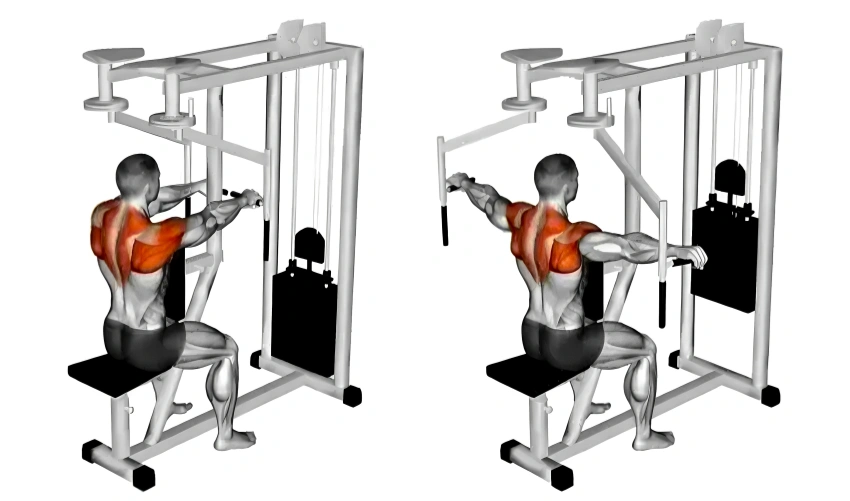Chest and back exercises are great for building a strong upper body. Many people only train chest or back. That creates imbalance. Your posture suffers. Your gains slow down. But when you train both together? You save time and hit more muscles. It also helps burn more calories. In this guide, I’ll share the best exercises to train chest and back in one smart routine.
Why Combine Chest and Back Workouts?
Chest and back exercises in one session can boost your results. You train the front and back of your upper body at the same time. It’s efficient. And honestly, it works better than you’d think.
Most people only train one side. All push. No pull. That leads to imbalance. Bad posture. Slower gains.
But combining both? Way smarter. Here’s why.
🔹 Balanced Strength
Chest pushes. Back pulls. When both are strong, you move better. You lift better. You look better. It just feels right.
🔹 More Muscle Activation
You work more muscle groups in one workout. Chest, lats, traps, shoulders. That means more tension. More growth. More results.
🔹 Faster Workouts
Super-sets work great here. Do a chest move. Then a back move. Less rest. Less time wasted. Still crazy effective.
🔹 Better Posture
You train the front and the back equally. That keeps your shoulders in check. No more slouching. No more tightness.
Best Chest and Back Exercises You Should Try
1. Lat Pulldown
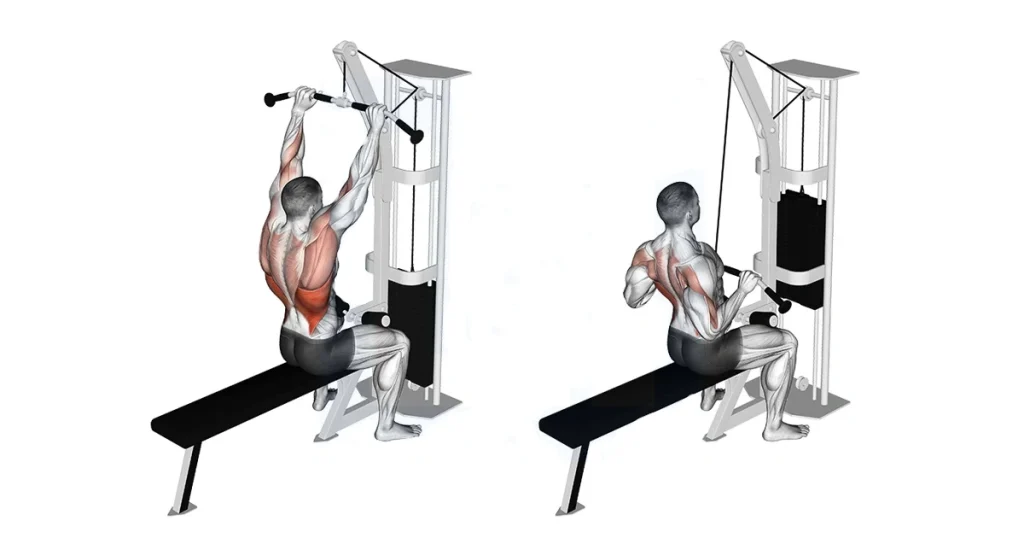
If pull-ups are too tough, this is your fix. Still trains your lats. Still builds width. And the setup? Super simple.
How to do it:
- Sit down and lock your thighs under the pad.
- Grab the bar wide, palms facing forward.
- Pull it to your upper chest and squeeze your lats.
- Control the bar back up—no swinging.
2. Dumbbell Bench Press
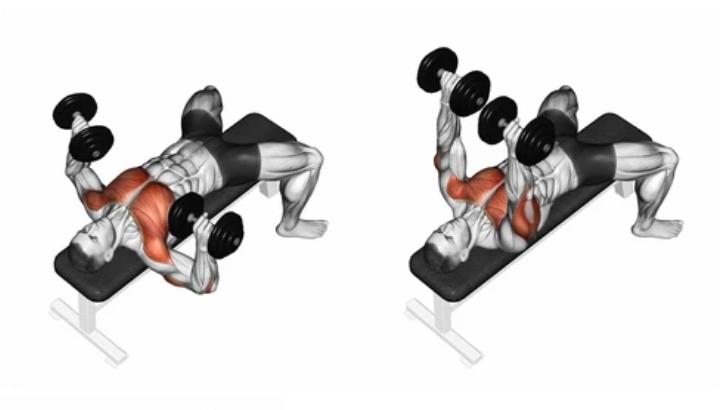
This is your go-to chest builder. Hits the pecs clean. You control the weight. No awkward bar path. Just smooth reps.
How to do it:
- Lie flat on a bench, dumbbells at chest height.
- Press both dumbbells straight up with control.
- Pause at the top, then lower slowly.
- Keep your elbows tucked, not flared.
3. Chest-Supported Row
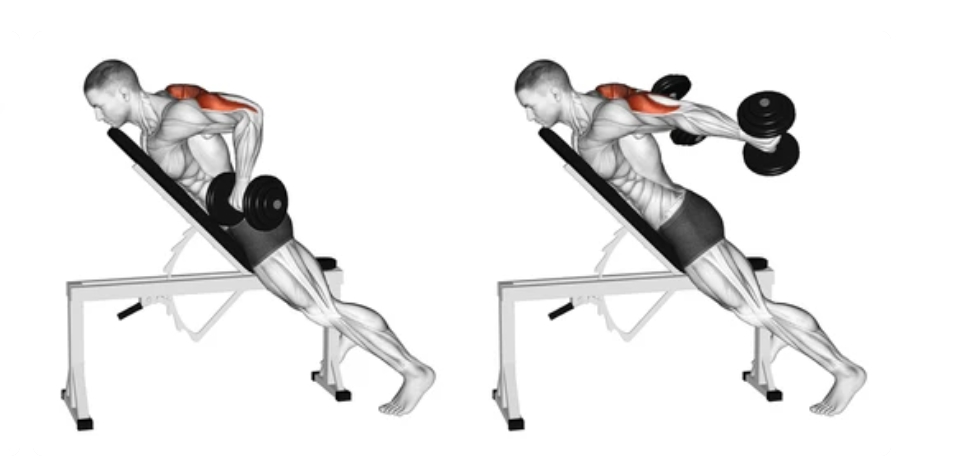
Zero stress on the lower back. Just pure upper-back focus. Great for clean reps and a strong squeeze.
How to do it:
- Lie chest-down on a 45° incline bench.
- Let dumbbells hang directly under your shoulders.
- Row toward your ribs while keeping elbows tight.
- Lower them slowly—no bouncing.
4. Cable Crossover (Low to High)

Great for upper chest. Gives you that stretch and squeeze most presses miss. Honestly? It burns. In a good way.
How to do it:
- Set the cables to the lowest setting.
- Step forward with handles in each hand.
- Pull both arms upward and across your chest.
- Pause, squeeze, and return slow.
5. Incline Machine Chest Press
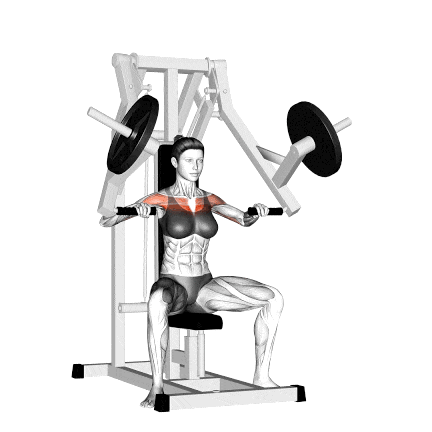
This one locks you in. No wobble, just pure upper chest tension. It’s perfect when you want to go heavy, safely.
How to do it:
- Adjust the seat so the handles sit at chest level.
- Grip firmly and press forward at a slight upward angle.
- Stop just before locking your elbows.
- Lower with control to keep the tension.
Sample Chest and Back Workout Plan
Chest and back exercises feel better when you pair push and pull with purpose. These combos hit the right muscles—and they hit hard.
| What You Want to Achieve | Exercise Pair | Sets × Reps |
|---|---|---|
| Get wider up top and fill out your chest | Lat Pulldown + Dumbbell Bench Press | 4 sets each × 10–12 |
| Build that upper-chest shelf and back thickness | Incline Chest Press + Chest-Supported Row | 3–4 sets each × 10–12 |
| End your workout with deep stretch and squeeze | Cable Crossover + Straight-Arm Pulldown | 3 sets each × 12–15 |
| Keep things simple but still hit both sides | Seated Row + Machine Chest Press | 3 sets each × 10–12 |
| Focus more on mind-muscle connection and control | Low-to-High Cable Fly + Wide-Grip Pulldown | 3 sets each × 12–15 |
Training chest and back together just makes sense. You save time. You move better. And honestly—you feel the pump on both sides. These combos aren’t fancy, but they hit hard. Stick to the basics, match your push with a pull, and the results come fast. Just show up, train smart, and let the work speak.
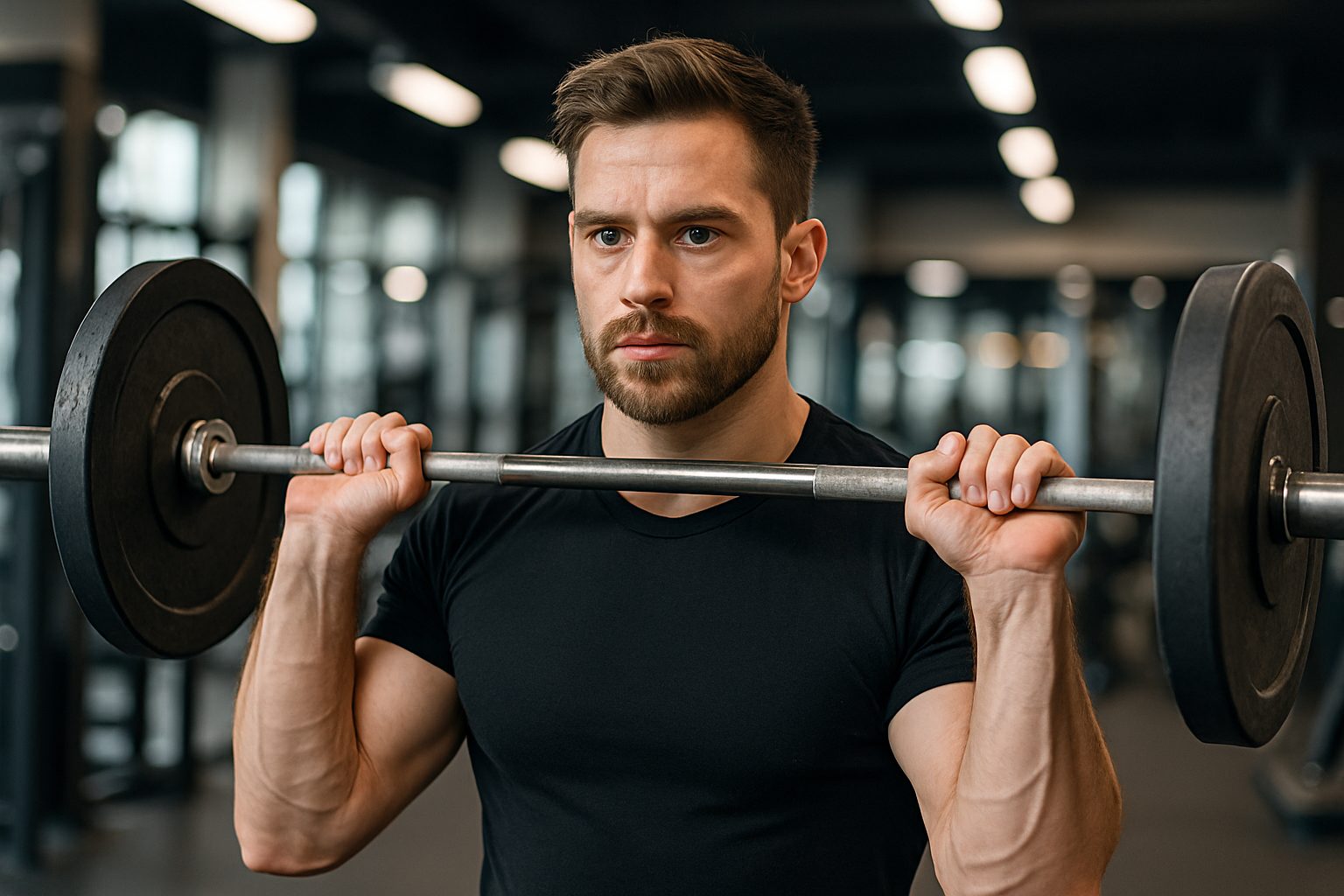
I’m Riley Williams, an editor for Leadman Fitness where we engineer bespoke strength equipment tailored to unique training goals. My expertise lies in home gym solutions, mobility tools, and injury-prevention gear, shaped by 8 years as a strength coach and rehab specialist. I know how subtle design flaws—a knurling pattern that blisters hands or a bolt that loosens mid-session—can derail progress.
I bridge the gap between our production team and everyday athletes: surveying garage gym owners, analyzing wear patterns on returned gear, and pressure-testing prototypes with physical therapists. My content cuts through marketing hype, focusing on practical fixes—whether you’re retrofitting a basement gym or sourcing commercial equipment that survives 24/7 use. If it’s in our catalog, I’ve stress-tested it myself.
